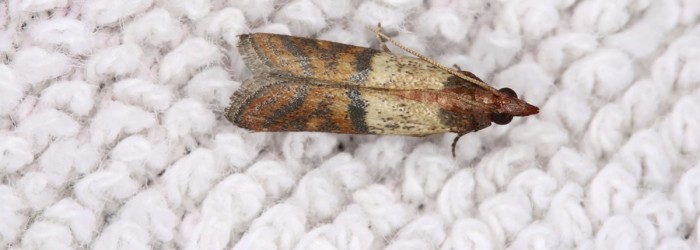Fabric Destroying Insects
Picture this: you’re all set for the trendiest party on either coast. You carefully choose your finest Donna Karan dress or Giorgio Armani suit from your closet, an outfit that you’ve invested a pretty penny in. Now, imagine discovering that your prized clothing, worth hundreds or even thousands of dollars, is riddled with holes.
Or consider your treasured Oriental rug, passed down through generations, or that exquisite reproduction of the Bayeux Tapestry you picked up on a memorable trip to Paris. Imagine the heartache as you watch these valuable items slowly vanish, not knowing how to halt the damage.

Chances are, you’ve encountered one or more of those sneaky fabric-destroying insects. The worst part? You might not even realize they’re there until they’ve already ravaged your clothes and carpets—unless you’re familiar with what to look for.
The Webbing Clothes Moth and the Casemaking Clothes Moth are the two most prevalent culprits when it comes to fabric destruction. It’s their tiny larvae that cause the most harm. Like most youngsters, these larvae are almost always hungry, and your closet, brimming with expensive clothing, becomes their restaurant of choice—without any reservations. Wool garments and rugs? Absolutely. Furs? You bet. Upholstered furniture, natural bristles in brushes, and even wool felt pads in pianos? All fair game.
However, they tend to avoid synthetic or cotton-blend fabrics, unless they happen to include wool. Though the larvae might utilize cotton fibers to craft their pupal cases. The unsettling aspect of these moths is that the bulk of their damage remains hidden beneath collars, cuffs, and corners—reminding us that we often don’t appreciate what we have until it’s gone.
Both species’ females lay about 40 to 50 eggs within a span of 2 to 3 weeks. This rapid rate of egg-laying illustrates how an infestation can escalate at an alarming pace, ultimately wreaking havoc on your entire wardrobe.
Varied Carpet Beetles also join the fabric feast, though their taste buds are more eclectic than their moth counterparts. These beetles have a diverse appetite—they’ll consume practically anything that isn’t nailed down. Think carpets, woolen fabrics, deceased insects, furs, hides, feathers, horns, hair, silk, and even bones.
The silver lining? They’re quite attractive, bearing a vivid rainbow hue on their backs, which earned them their name.